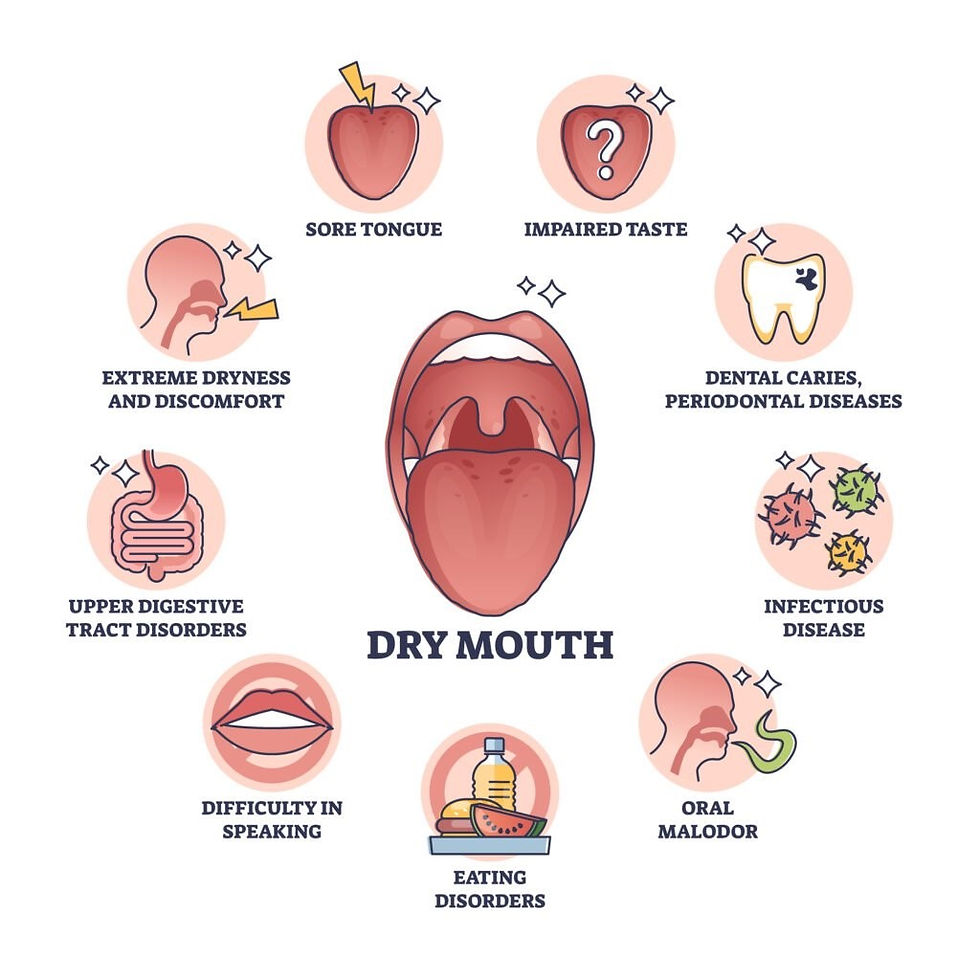Movement is Key
- Brittane Strahan
- May 12, 2024
- 4 min read
Brittane L. Strahan, MSN RN CCRP
Movement ... "The action or process of moving" is a word that means different things to people based on their background, lifestyle, and health goals. While some individuals may think of the term "movement" as synonymous with athletics, sports, or being a "gym rat" others may have a much more relaxed definition. The key to movement and overall health benefits related to movement is not necessarily in the specific form, level of intensity, or length of activity but in the doing of the activity itself.
Recently, a study run by Columbia University, in conjunction with National Public Radio (NPR), called " The Body Electric Study " showed just that. It was not necessarily the type of activity or the intensity that was critical but the completion of something as simple as walking for a short period at set intervals. The study was randomized into three groups. Every group was required to move for five minutes at each preset interval (in this case, every thirty minutes, hour, or two hours). While participants may initially have found it difficult to incorporate this movement into their daily routine, many could maintain their scheduled activity once the initial adjustment was made. However, some participants could not keep to the set schedule, especially those in the thirty-minute group. Researchers felt that this was likely related to forgetting to take frequent breaks if they were busy with their scheduled activities. Likely, this is why this trend was more noticeable in the thirty-minute group when compared to the other two.
Regardless of the group the participant was placed in, none could deny the changes felt as they continued to practice intentional movement. The most frequently reported outcomes were an improved mood, increased energy, decreased fatigue and brain fog, and increased productivity. Clearly, even small changes, done regularly, can make a huge impact. At the end of the study, nearly all participants continued to keep up with the changes made to adhere to the study requirements; furthermore, they continued to feel better!
Why is movement so important? As mentioned above, "The Body Electric Study " showed the positive effects of movement. These included increased mental clarity, improved mood, and better productivity. It is likely that if someone were to be asked what the benefits of physical activity were, even without foreknowledge of "The Body Electric Study", they would come up with a similar list of positive results. However, this may prove a trickier concept if asked to voice the dangers of a sedentary lifestyle.
According to Johns Hopkins Medicine, sedentary jobs have increased in frequency by 83% since 1950 and at the same time, we have seen an exponential increase in cases of type 2 diabetes, heart disease, and cancer. While all three of these diagnoses are multi-faceted and could have both a genetic and lifestyle component, prolonged inactivity is a substantial risk factor. According to Hopkins, the threshold for risk begins to increase when someone is sitting for 10 or more hours per day.
Taking this a step further, Runner's World reports that this applies to athletes as well as their less active peers. Surprisingly, even if an individual has a very active period at one point during the day (such as a run, workout, organized sport, or weight-lifting session) having a low activity level for the remainder of the day increases the risk for "sitting disease." Three groups were compared in this analysis. These included a group described as "inactive", another listed as "moderately active" which was defined as 0-2 hours per week of activity, and the third described as "highly active" encompassing those with activity greater than 2 hours per week. They concluded that those who started with the lowest activity and the most risk, including a doubled risk of death (all-cause mortality) and a 2.7 times higher risk of dying of cardiac disease, decreased their risk as they increased their activity. Conversely, those considered highly active had as much risk as the inactive population if their activity was concentrated at one period during the day and low for the remainder.
What can be done to solve this problem in our personal life? Clearly, we need to be mindful of our activity level throughout the day and move as much as possible. There is a simple solution and it was summed up in "The Body Electric Study." Movement, regardless of intensity, is beneficial physically and mentally if done regularly. This movement can be as simple as parking further away from the door when going to a shop or appointment, taking the stairs instead of an elevator, or getting up for a pre-scheduled regular movement break as described in the study. While the aptly named "sitting disease" can be an unsettling concept for most individuals, one can take comfort in the fact that they can easily reduce their risk by simply moving more.
Michos, E. D. (2021a, August 8). Sitting disease: How a sedentary lifestyle affects heart health. Johns Hopkins Medicine. https://www.hopkinsmedicine.org/health/wellness-and-prevention/sitting-disease-how-a-sedentary-lifestyle-affects-heart-health
Millard, E. (2019, October 3). Sedentary behavior risks - longevity benefits of lifelong exercise study. Runner’s World. https://www.runnersworld.com/news/a29225959/sedentary-lifestyle-premature-death-risk-study/
Oxford English Dictionary. (n.d.). Oxford English Dictionary: Movement. Oxford English Dictionary. https://www.oed.com/dictionary/movement_n?tl=true
Zomorodi, M., Monteleone, K., Meshkinpour, S., & White, R. F. (2024, January 9). Over 20,000 joined the NPR/Columbia Study to move throughout the day. did it work?. NPR. https://www.npr.org/2023/12/22/1213518650/changing-our-sedentary-screen-filled-habits Assessed and Endorsed by the MedReport Medical Review Board







